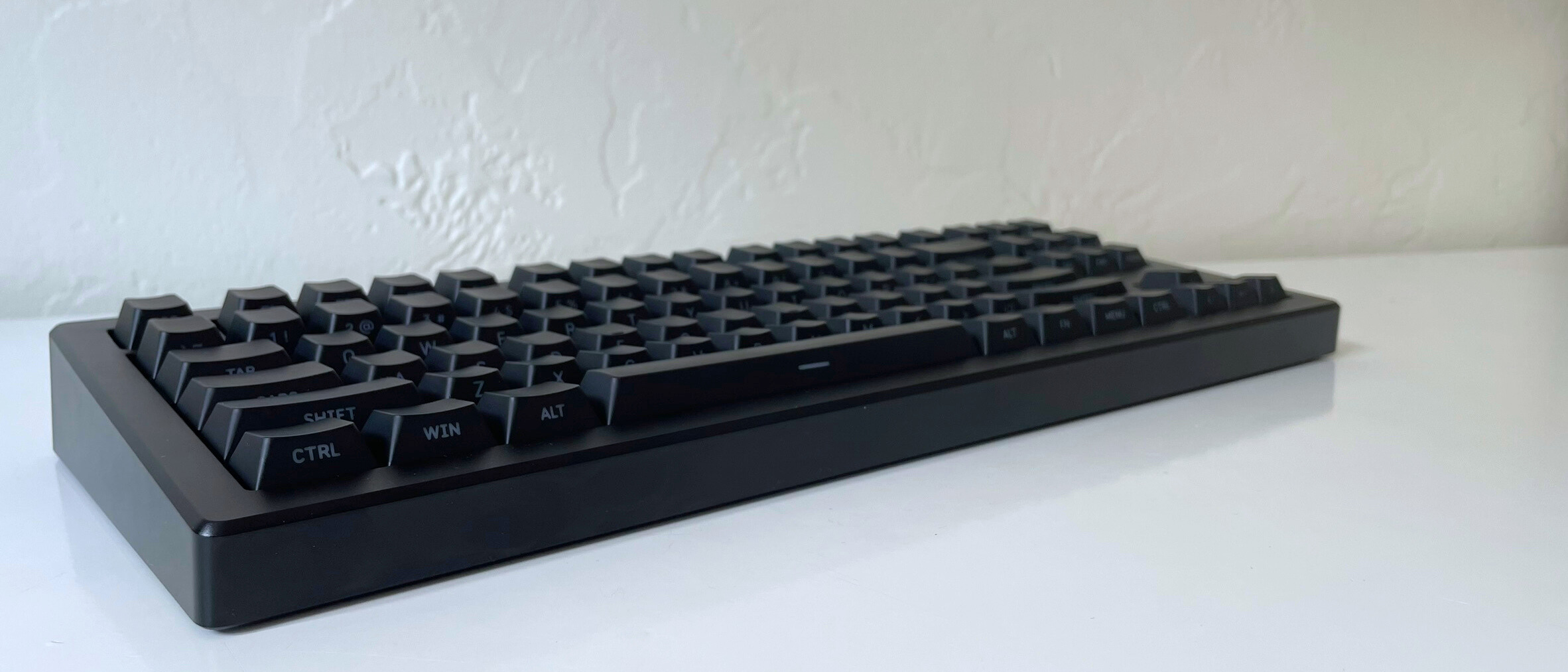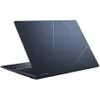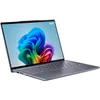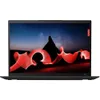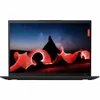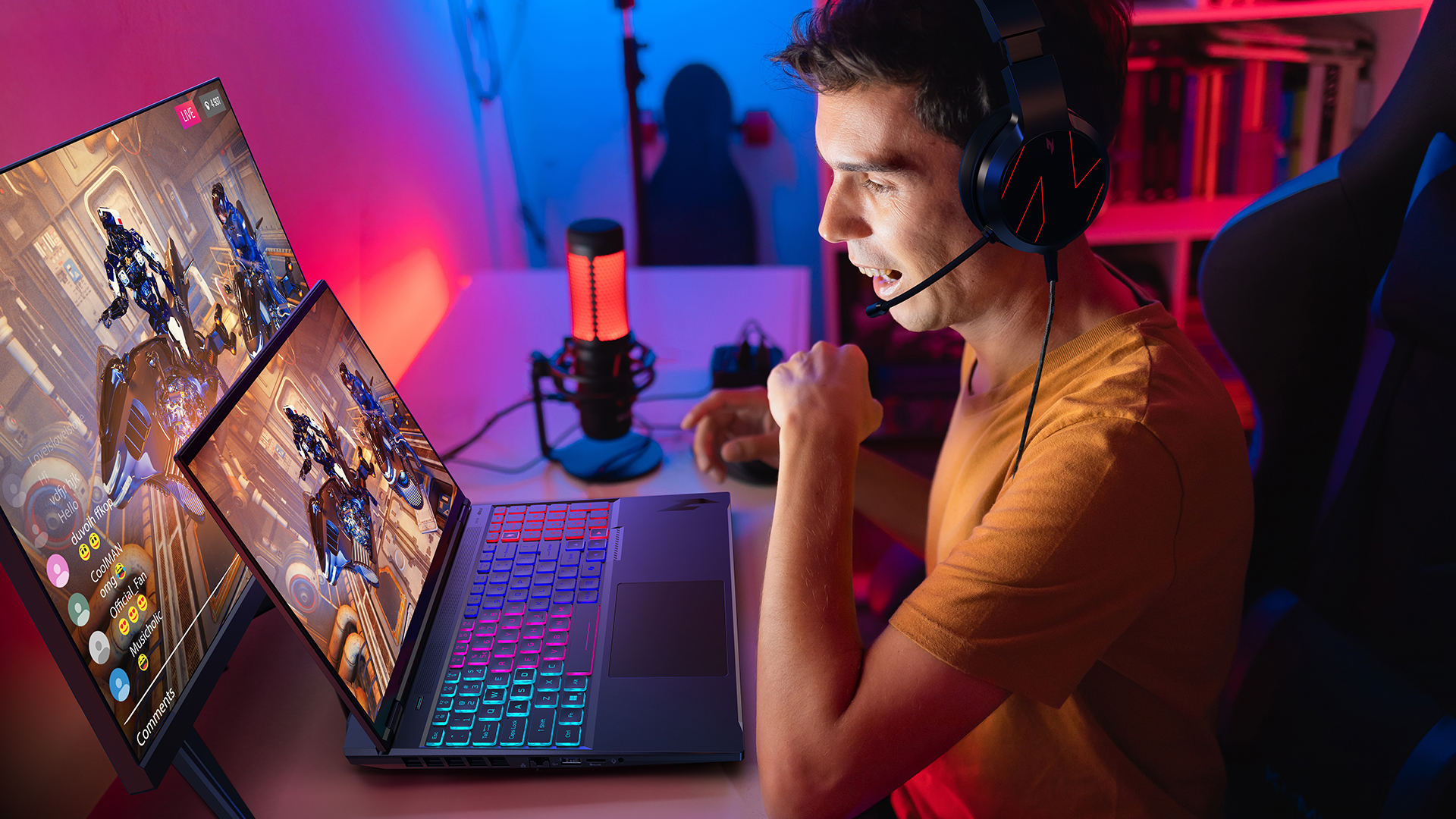Laptop Mag Verdict
The Drop CSTM80 is a mechanical keyboard uniquely designed to be fully customizable while offering great typing and gaming performance. If you’re looking for a user-friendly entry point into the world of custom mechanical keyboards, the CSTM80 is tough to beat.
Pros
- +
Fantastic design
- +
Extensive customization
- +
High-quality Gateron switches
Cons
- -
Clunky software
- -
Built-in stabilizers are underwhelming
Why you can trust Laptop Mag
Drop wants you to take apart the CSTM80, a mechanical keyboard built for DIYers.
As a mechanical keyboard enthusiast, I can often tear apart keyboards to replace the switches and keycaps or install modifications. Despite customization being a core part of the growing mechanical keyboard community, brands don’t always make it easy to modify or customize their keyboards.
Drop is embracing customization with the CSTM80, a mechanical keyboard designed to be taken apart and customized. The design is so user-friendly that even mechanical keyboard newbies will find it easy to pop open the CSTM80 and try some beginner mods.
It’s an approach that seems uniquely aware of what mechanical keyboard fans are looking for today. Mechanical keyboards are no longer just for typing – they’re a hobby and an art, a way to express yourself through artistic keycaps and the perfect sound profile.
Drop may be the first brand to pin down this trend since it was founded in 2012 to help keyboard enthusiasts find unique product "drops" more easily. In 2023, it was acquired by Corsair, known for its PC gaming gear, but it continues to focus on the enthusiast mechanical keyboard community.
The Drop CSTM80 aims to make custom mechanical keyboards accessible through a unique modular design — maybe the one thing the mechanical keyboard world needed most.
But, is it too good to be true? I set out to put the CSTM80 to the test through gaming, typing, and hours of customization.
Drop CSTM80: Price and configurations
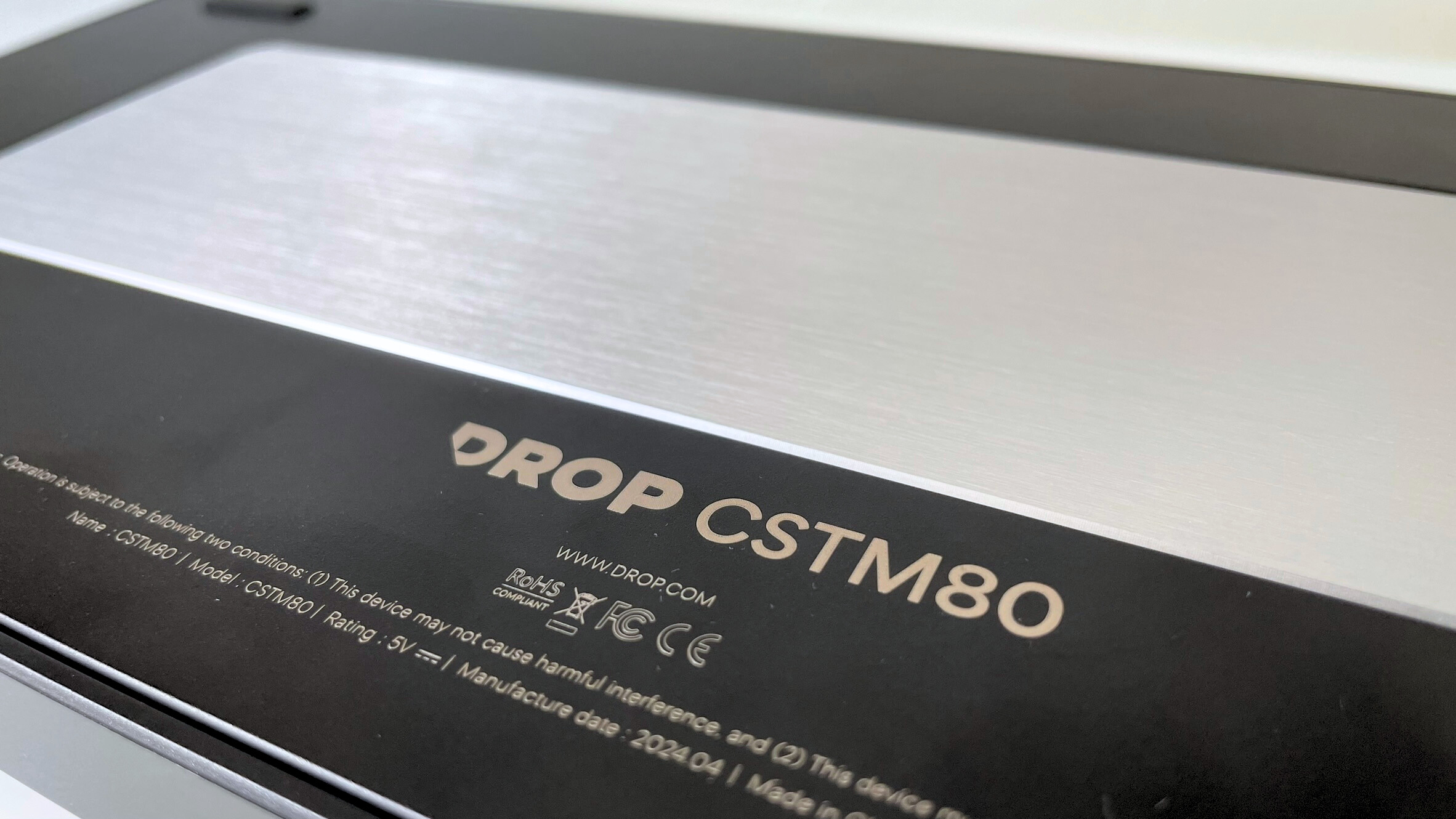
The Drop CSTM80 costs $149 and comes in two starting configurations: one with tactile Gateron Brown Pro 3.0 switches and one with linear Gateron Milky Yellow KS3 switches. Both versions include the same matte black keycaps and top case. There is also a smaller version of the CSTM80, the CSTM65, which features the same configurations but costs $129. Both versions are wired-only, but you can freely disconnect or replace the included braided USB Type-C cable.
In addition to the starting configurations, Drop offers a wide array of modular accessories for the CSTM80, including top cases, base weights, and switch plates. These accessories cost between $25 to $149 and come in a variety of colors and materials.
Our review unit is the CSTM80 with Gateron Milky Yellow KS3 switches.
Drop CSTM80: Design
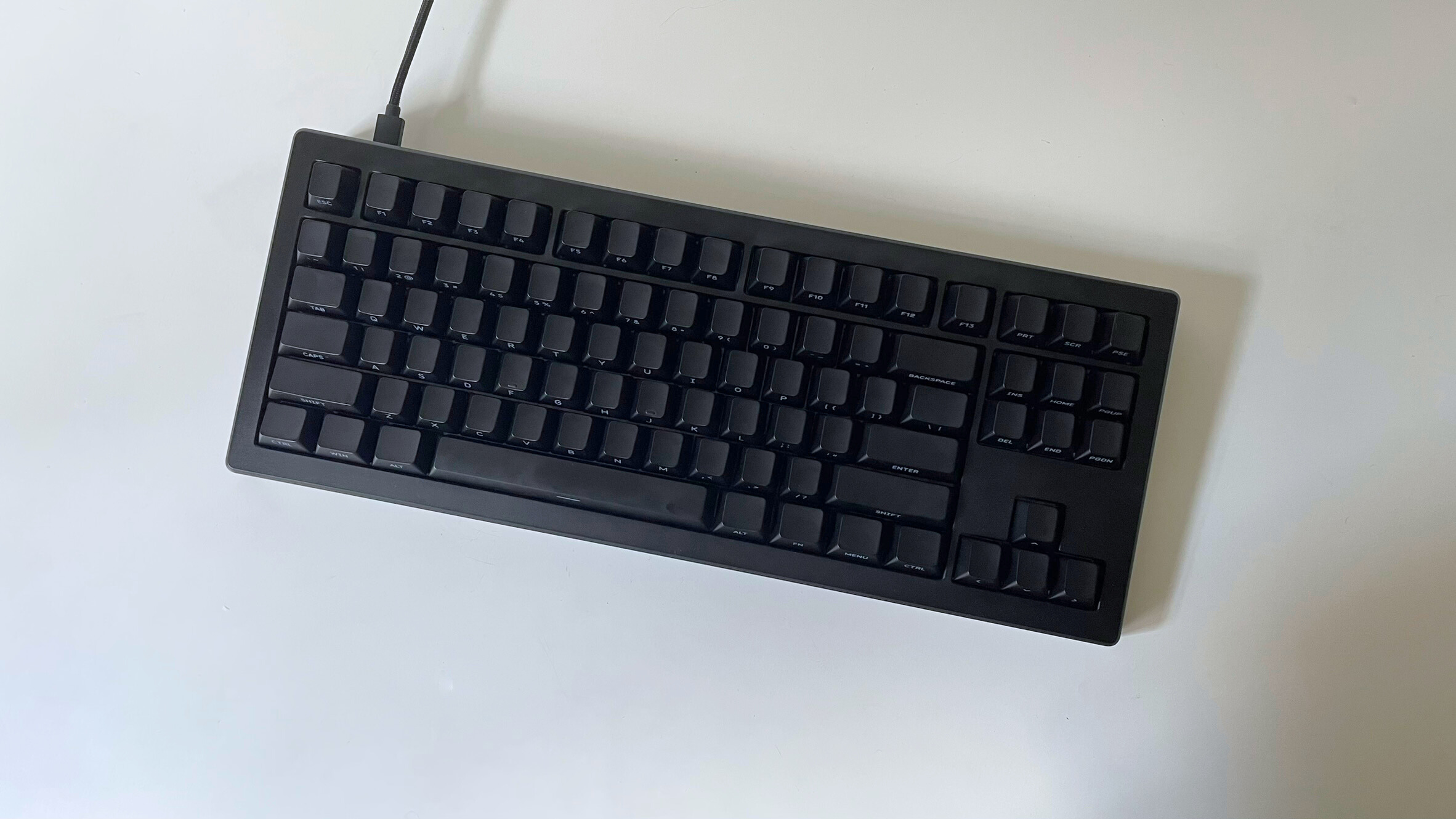
By far the CSTM80's most unique feature is its modular design. Rather than a solid aluminum case or a single slab of plastic, the case has three layers you can easily take apart and swap out: a top case, a structural top case, and a structural bottom case.
The structural top and bottom pieces are screwed together and keep the keyboard in one piece. The top case is mainly decorative. It snaps onto the structural top case with some hidden magnets that are surprisingly strong, shrouding the structural cases so the exterior of the keyboard looks sleek and polished. You can swap out the top case without any tools or disassembly, making it easy to transform the look of your keyboard in seconds with a different colored top case or even an aluminum one.
At the time of writing, Drop offers several modular top cases for the CSTM80, including a handful of solid color cases, two aluminum cases, a pricey carbon fiber case, and a few cases with artistic designs. The basic solid-color top cases cost $25, less than a typical set of high-quality keycaps. The carbon fiber top case is the most expensive accessory for the CSTM80, priced at $149. I wish the starter top case plastic was a bit thicker, but it looks good and seems relatively sturdy.
The top case isn’t the only component you can swap out. You can also replace or remove the base weight on the bottom of the case. This allows you to adjust the weight of the CSTM80 and add a bit of extra detail to the bottom of the case. The base weight in the starter configuration is plain silver, but Drop also offers base weights made of carbon fiber, brass, and three different colors of stainless steel (my personal favorite is the chroma mirror PVD stainless steel).
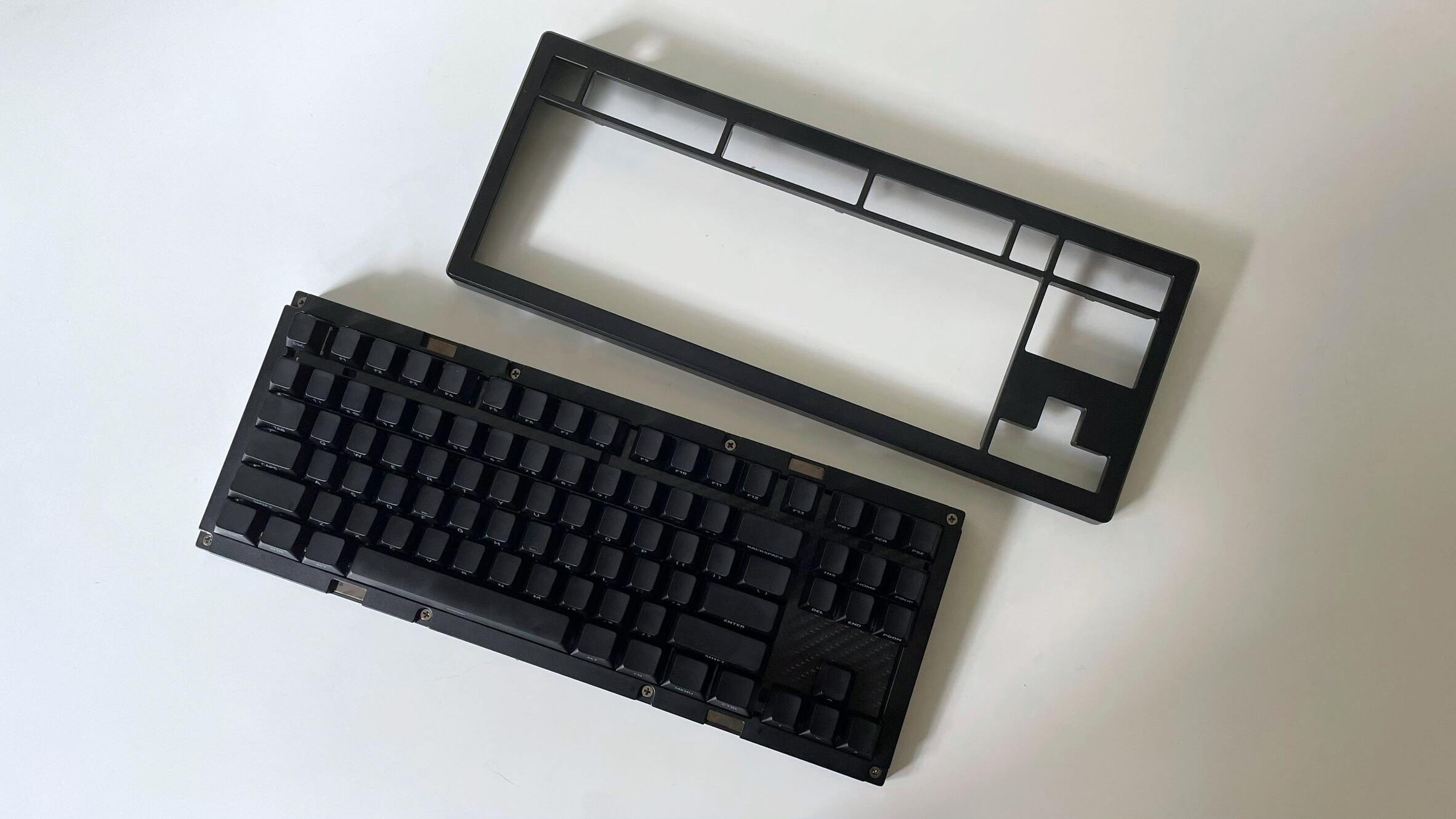
Drop knew its audience when it created the CSTM80.
The switch plate inside the CSTM80 is also replaceable. Drop offers several switch plates made of different materials, including FR4, POM, aluminum, carbon fiber, and brass. The switch plate included with the starter configuration is plain black polycarbonate.
It’s also easy to customize the CSTM80’s switches and internal components. I’ve reviewed and tested keyboards I fought to pop open and customize. Some weren’t even hot-swappable (the ability to freely remove and replace the key switches on a mechanical keyboard). The CSTM 80 is the polar opposite of that.
I did a few of my favorite mods on the CSTM80 and found the process quick and easy. The decorative top case slips right off, exposing the structural top case beneath, which has easy-to-access screws you remove to separate it from the bottom case.
From there, you can simply remove the switches and swap out or tweak whatever you like. I removed the screw-in stabilizers for the larger keys to add the “band aid mod” and applied a tape mod underneath the PCB. I also swapped out the included polycarbonate switch plate for a carbon fiber one for added stability. The Gateron Yellow switches were a little tight in the polycarbonate switch plate, but the disassembly and reassembly process was smooth overall.
The Drop CSTM80’s design is straightforward and user-friendly. It welcomes customization and DIY enthusiasts, whether you’re new to mechanical keyboards or a long-time fan. Drop knew its audience when it created the CSTM80.
Drop CSTM80: Switches and keycaps
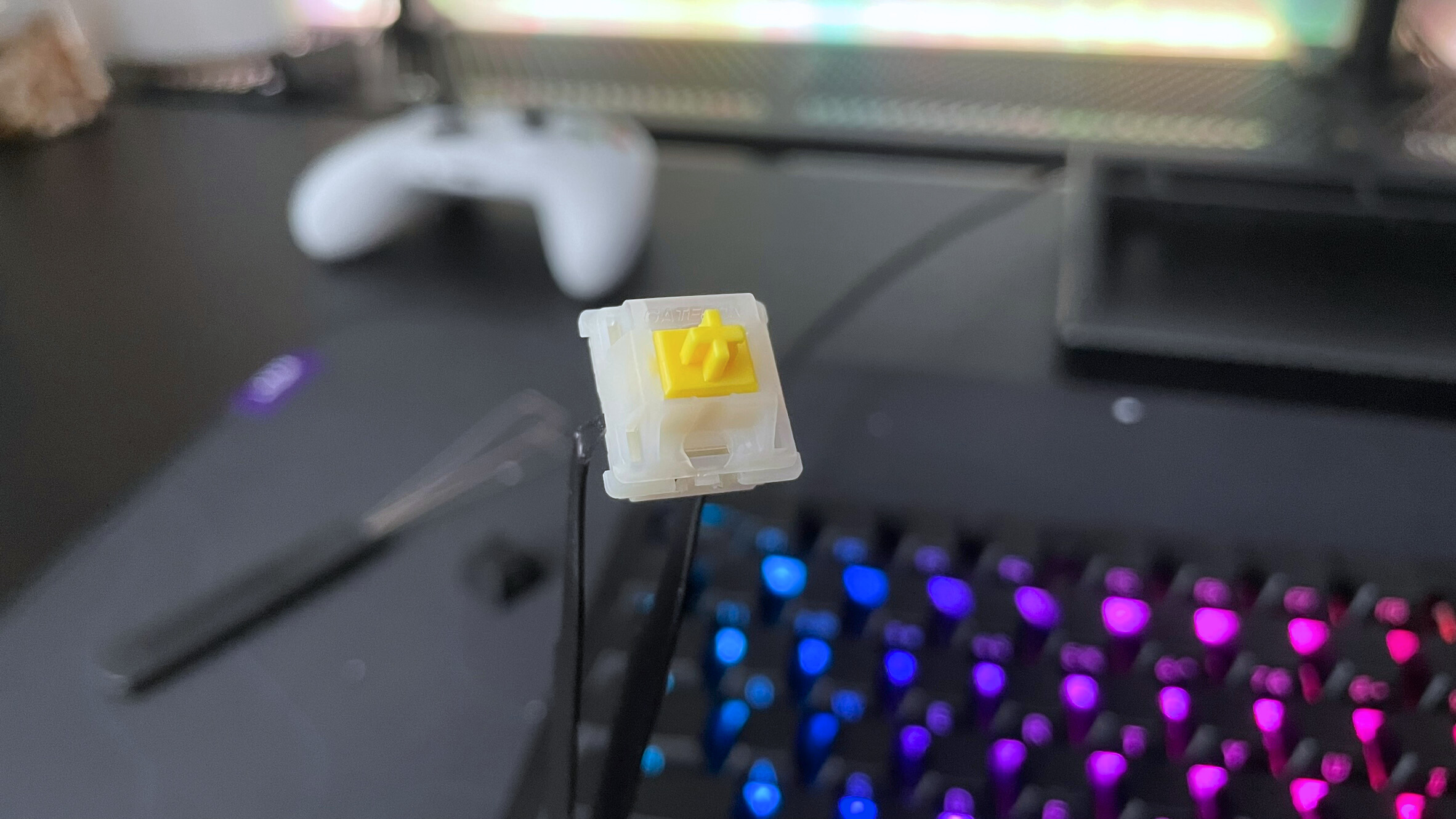
The Drop CSTM80 includes either Gateron Brown Pro 3.0 or Gateron Milky Yellow KS3 switches out of the box with a set of matte black ABS switches with side-printed shine-through lettering.
Our review configuration includes the Gateron Milky Yellow KS3 switches, which are a top choice for fans of linear switches. They have a moderate 50-gram actuation force, 4.0mm of total key travel, and come pre-lubricated. They’re smooth, reliable, and a fantastic all-around switch for typing and gaming.
The CSTM80 is fully hot-swappable and supports three and five-pin switches. So, you can swap out the included Gateron switches if they’re not to your liking or you want to try something new. While the CSTM80 isn’t the best-sounding keyboard I’ve ever tested, the Gateron Milky Yellow switches are tough to go wrong with. They have a smooth, “creamy” sound that isn’t overly loud or metallic.
The Drop CSTM80’s main weakness is its sub-par stabilizers, particularly in the spacebar. I’ve tested far worse stabilizers, but I was hoping for something better considering the CSTM80’s price.
The smaller keys, like backspace and shift, sound fine, but the space bar has a somewhat hollow, slightly rattly sound out of the box. A Band-Aid mod and some lubricant helped smooth out the rattling, but the space bar still sounds somewhat hollow and metallic.
Of course, tuning stabilizers in a custom keyboard can be tricky, and it’s easy enough to swap out the included stabilizers for another set, which only costs about $20 to $30. So, the underwhelming stabilizer sound quality isn’t a critical failure for the CSTM80.
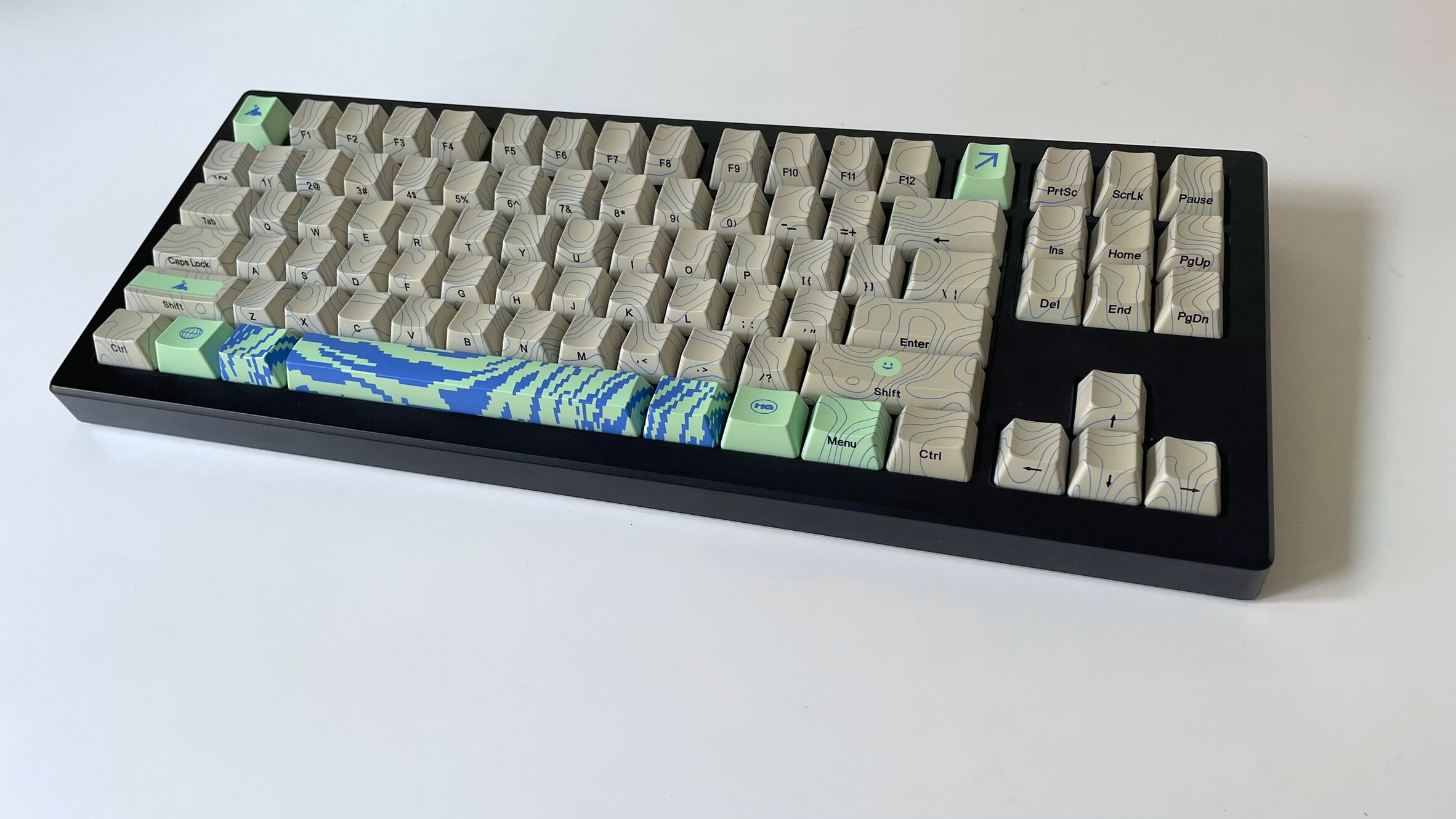
It’s also important to note that the switch plate can affect how the CSTM80 sounds. I noticed a difference when I swapped the included polycarbonate plate for a carbon fiber one in my CSTM80.
The carbon fiber plate is stiffer and a bit thicker, which helps solidify the keyboard's sound and feel. The only downside is that its stiffness diminishes the cushioning effect of the CSTM80’s gasket-mounted design. Of course, a few other switch plates are available from Drop if you prefer a different sound or feel for your CSTM80.
The included ABS keycaps have a semi-smooth texture, although they’re not glossy. I would have preferred something with a slightly rougher texture since the ABS can get a “greasy” look if you have sweaty hands. However, these keycaps get the job done and use a clear, minimalistic font for the side-printed lettering.
The matte black is also easy to match with the other decorative top cases. When I was customizing my CSTM80, though, I wanted something a bit more colorful, so I swapped out the keycaps.
Changing your keycaps is super easy, especially since the CSTM80 uses standard key spacing, which means it’s compatible with any standard Cherry-style keycaps set. Drop offers a range of complete keycap sets and artisan keycaps if you want to pick up a second set with the CSTM80. (I added Higround Seafoam OEM-profile keycaps to my CSTM80.)
Drop CSTM80: Performance
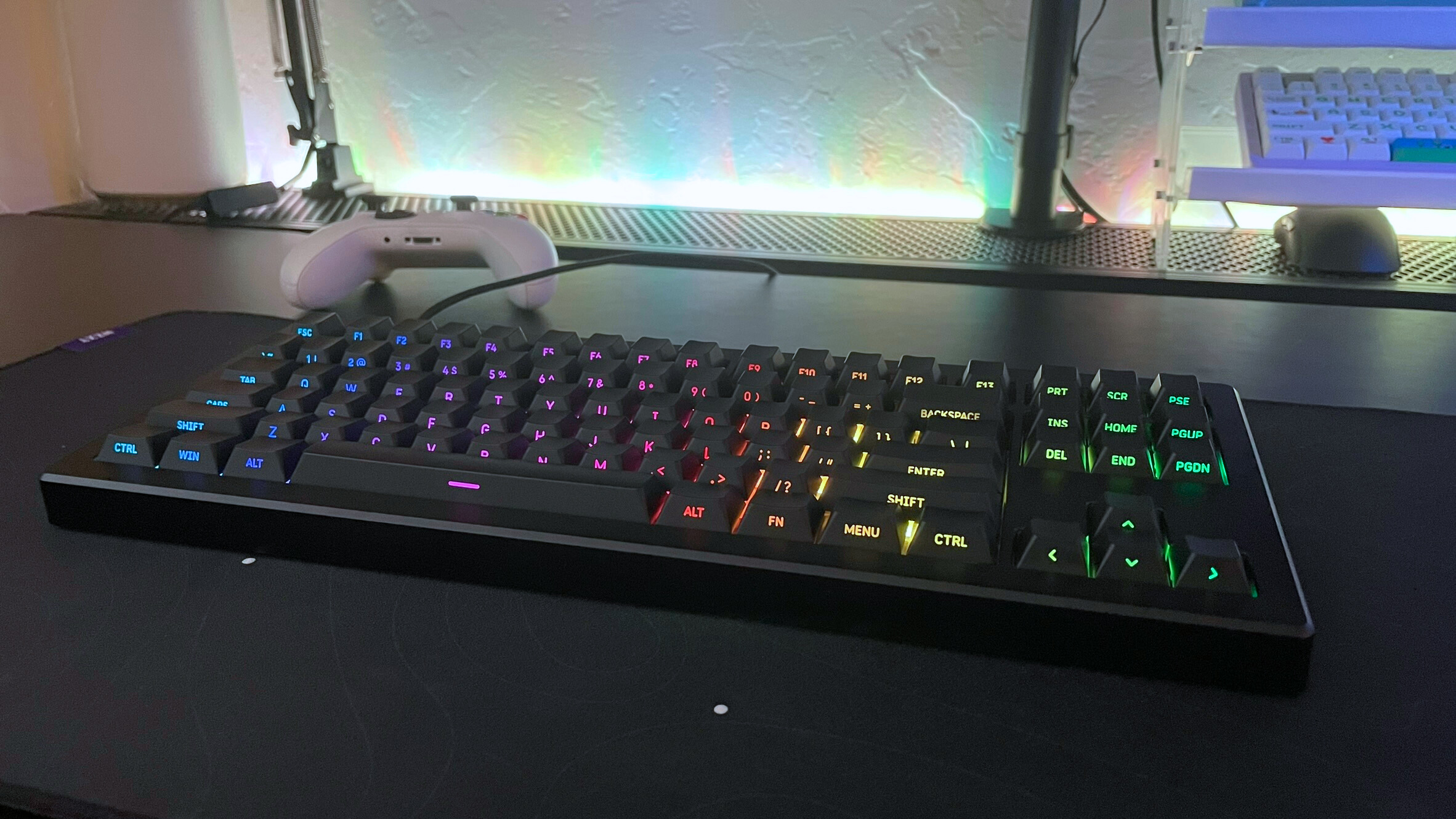
I used the Drop CSTM80 as my primary keyboard for over a week, so I got a good idea of how it performs in gaming and typing. Mechanical keyboard performance can depend heavily on the switches in your keyboard, but layout and connectivity also come into play. The Drop CSTM80 performed great across the board.
I highly recommend the configuration with the Gateron Milky Yellow switches. They are comfortable for long typing sessions but also responsive enough for gaming. I played a few games with the CSTM80, including Immortals: Fenyx Rising, Once Human, and Roboquest. I never found my fingers or wrists cramping up while gaming on the CSTM80. It could even keep up with rapid keystrokes in Roboquest without missing a beat.
The typing experience on the CSTM80 is superb. It broke my mechanical keyboard typing speed record and nearly matched my laptop keyboard record. On the Monkeytype typing test, I scored 105 words per minute with 98 percent accuracy with the CSTM80, the best score I’ve achieved on any mechanical keyboard I’ve tested. That’s also just shy of my overall record of 105 wpm with 100 percent accuracy, achieved on the Lenovo Yoga Slim 7x’s laptop keyboard.
Drop CSTM80: Software
The Drop CSTM80’s software could use improvement. You customize the lighting using keyboard shortcuts. It’s a quick way to get the job done, but doesn’t offer per-key control. Re-assigning keys or creating macros requires Drop’s configuration software, which can be difficult to navigate.
After downloading it, you need to flash the firmware on the CSTM80. The app provides instructions for this process, so it’s not overly complicated, but it is a bit inconvenient. You also have to choose which version of the CSTM80’s firmware you want to use. The default one is the best for most people, but VIA is also an option for anyone who likes to use the open-source VIA configuration tool.
After flashing the firmware on the CSTM80, you can “unlock” it in the app to change key binding and create layers and macros. This process is pretty straightforward, particularly for anyone used to making custom macros for their keyboard. However, the interface may be a bit confusing for people who are new to keyboard customization.
Luckily, you can completely ignore the software if you don’t want to use it and simply use the CSTM80 configured as-is out of the box. My only configuration change was setting the F10, F11, and F12 keys as volume controls.
Bottom line
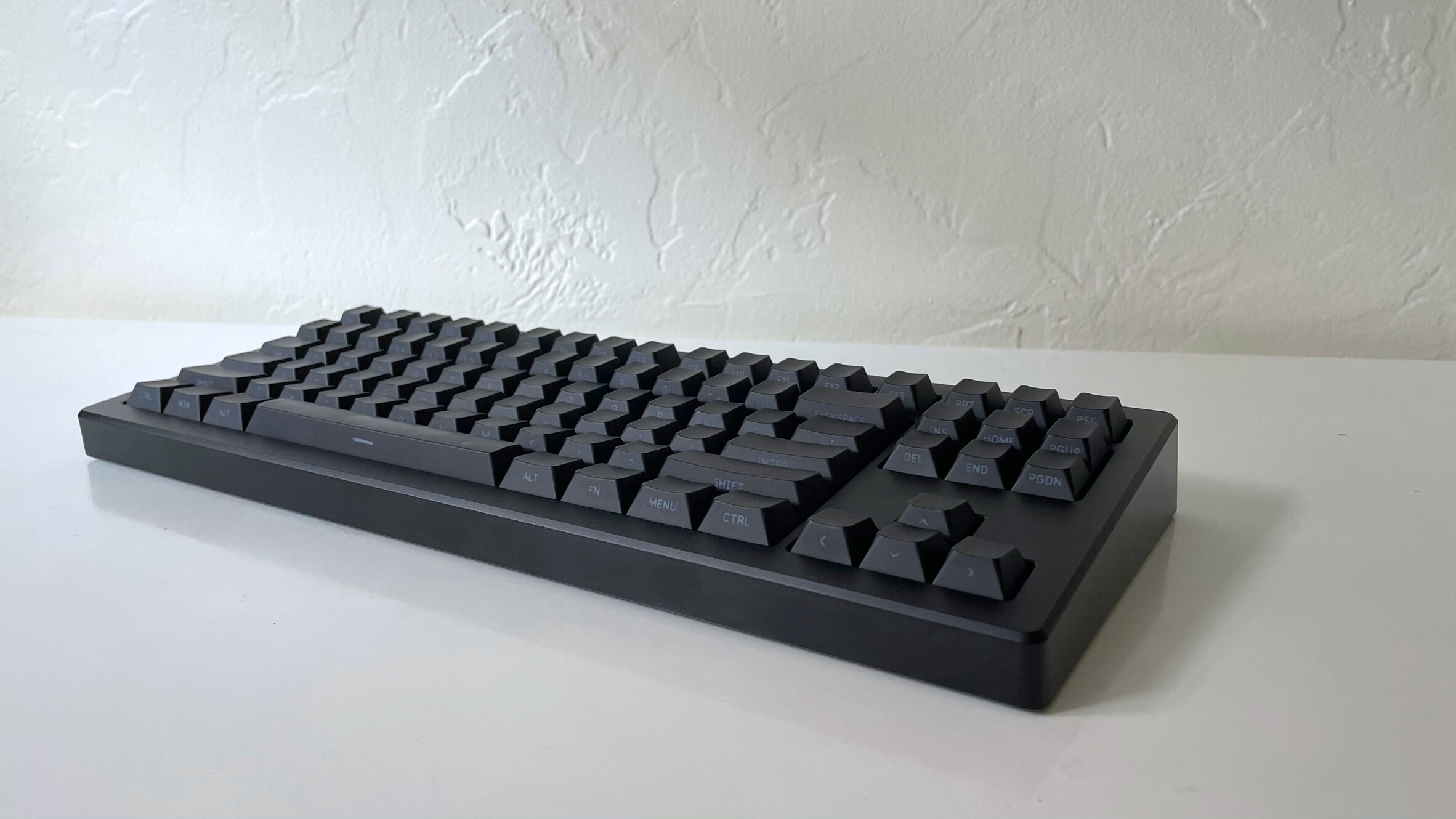
The Drop CSTM80 is a mechanical keyboard designed for people who love mechanical keyboards. The unique modular design makes it easy to customize the CSTM80, whether you’re a beginner or a long-time fan of hobbyist keyboards. The CSTM80 is also a high-performing, high-quality keyboard in its own right, even if you never dip into its DIY opportunities.
I recommend the CSTM80 (or its little sibling, the CSTM65) for anyone looking for a mechanical keyboard they can personalize, from the keycaps and case to the stabilizers and switch plate. The CSTM80 offers one of the easiest modding experiences on any keyboard I’ve tested. I wish the stock stabilizers sounded better, but they’re quick and easy to replace if they’re not to your liking.
The CSTM80 matches creative design with stellar performance in both typing and gaming for a well-rounded mechanical keyboard that’s welcoming to beginners and veteran DIYers alike. If you’d like to compare it to the competition, you can visit our guide to the best mechanical keyboards to see some alternatives.
More from Laptop Mag
- Best types of mechanical keyboard switches for gaming, typing and more
- Keycap types: How to choose the perfect keycaps for gaming, typing, and more
- Custom mechanical keyboards vs. pre-built: Should you buy or build your keyboard?

Stevie Bonifield is a freelance tech journalist who has written for PC Gamer, Tom's Guide, and Laptop Mag on everything from gaming to smartwatches. Outside of writing, Stevie loves indie games, TTRPGs, and building way too many custom keyboards.
